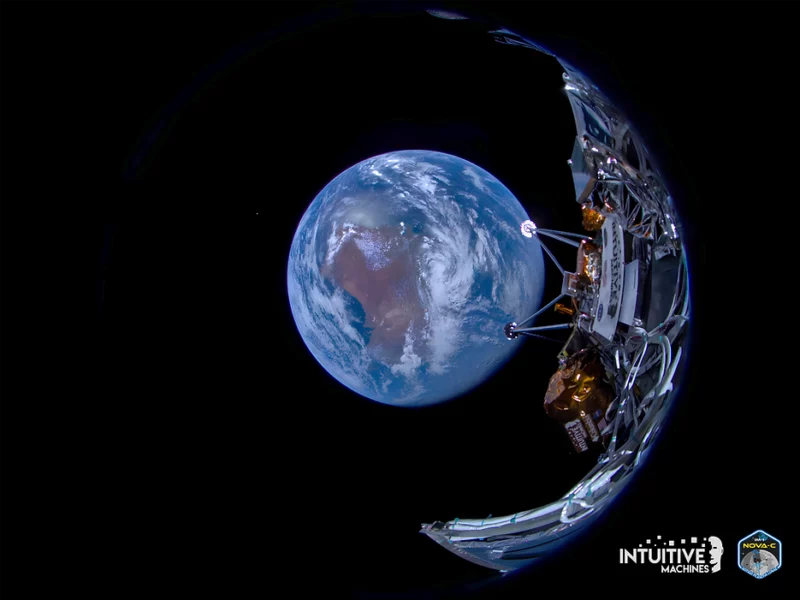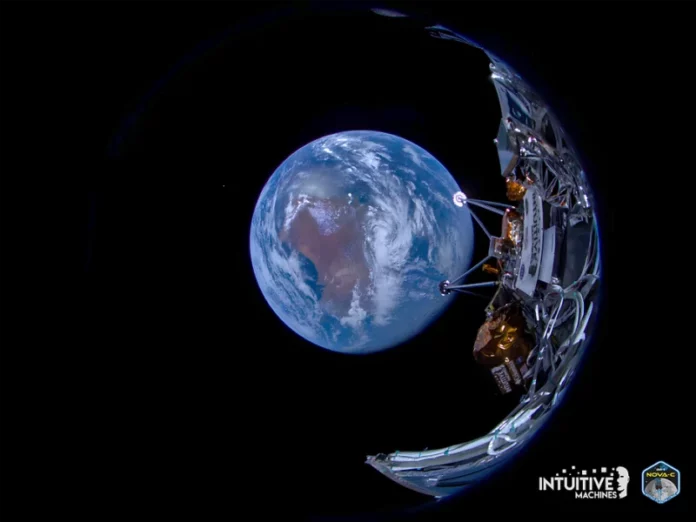
Enlarge / Intuitive Machines released this photo of its Odysseus lander in space after launch. (credit: Intuitive Machines)
Most of NASA is a pretty buttoned-down place these days. Nearly 70 years old, the space agency is no longer the rambunctious adolescent it was during the race to the Moon in the 1960s. If you go to a NASA field center today, you're much more likely to get dragged into a meeting or a review than witness a rocket engine test.
One way to describe the space agency today is "risk averse." Some of this, certainly, is understandable. NASA is where flight director Gene Kranz famously said during the Apollo 13 rescue, "Failure is not an option." Moreover, after three major accidents that resulted in the death of 17 astronauts—Apollo 1 and space shuttles Challenger and Columbia—NASA takes every conceivable precaution to avoid similar tragedies in the future.
But there does come a point where NASA becomes so risk averse that it no longer takes bold and giant steps, succumbing to paralysis by analysis. As one long-time NASA engineer told me several years ago, only partly tongue-in-cheek, it took a minor miracle for engineers designing the Orion spacecraft to get a small window on the vehicle through the rigorous safety review process.
Read 36 remaining paragraphs | Comments
Ars Technica - All contentContinue reading/original-link]




